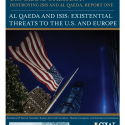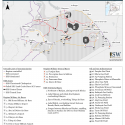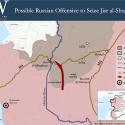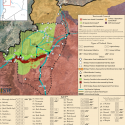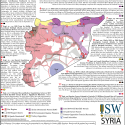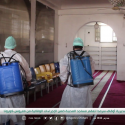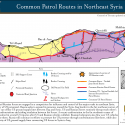Russia is scaling up pressure against US forces in eastern Syria. Russia invigorated its effort to provoke fractures within the US local partner, the Syrian Democratic Forces (SDF), in early August through information operations tailored to sow doubt about the SDF’s reliability and the United States’ commitment to Syria. Russia and other pro-regime actors simultaneously scaled up a campaign of harassment of US forces, including rocket attacks on facilities housing US forces and a confrontation with a US patrol on August 25 that concussed four US soldiers. These incidents could indicate that Russia is using kinetic activity to bolster the effect of its information operations in accordance with emerging Russian hybrid warfare doctrine, which ISW will examine in depth in a forthcoming report. The intended target of Russia’s information operation, local tribal elements loosely aligned with the SDF, could perceive the United States’ inability to prevent such attacks as a sign of weakness. In one of the most dangerous scenarios, Russia may further escalate kinetically to provoke a crisis that causes local tribal elements to desert the SDF with the eventual objective of forcing US policymakers to reconsider the US commitment to Syria.


